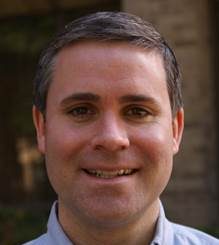The 1990s were years of considerable change for single mothers and their children. Congress implemented a series of tax and welfare reforms that encouraged work and discouraged welfare. These changes in welfare policy that “ended welfare as we know it” culminated with the Personal Responsibility and Work Opportunity Reconciliation Act of 1996, which mandated work requirements and time limits. The Earned Income Tax Credit (EITC) was sharply expanded in 1993, so that it raised after-tax earnings by as much as 40 percent and became the largest anti-poverty program for the non-elderly. Other programs that targeted single-mother families also expanded during this period, such as Medicaid, which nearly tripled 2 Bruce D. Meyer is a professor in the Harris School of Public Policy at The University of Chicago. James X. Sullivan is a professor at the University of Notre Dame. its expenditures. These changes, combined with a strong economy, led welfare caseloads to drop sharply and employment to rise. About half as many families were receiving welfare in 1999 as in 1994. After a long period during which employment for single mothers changed little, the fraction of single mothers who worked increased by more than 12 percentage points by the latter part of the 1990s. How did single-mother families fare in this dynamic environment? The answer to this question is more complicated than one might expect.
View the full policy brief — (PDF – 195KB)



